Not so long ago, women’s sport was a shadowy presence in the shadows, considered secondary and of little interest to the general public. But times are changing and so are public attitudes towards women’s sporting achievements. Suddenly, women’s football competitions are no longer mere entertainment, but a powerful tool for social and cultural change. This specialisation breaks stereotypes, inspires a new generation of female athletes and shows the world a symbol of change. These tournaments have become a source of motivation for girls to pursue their dreams on and off the field.
A historic breakthrough: the development of women’s football
The first attempt dates back to the early 20th century, when Dick Kerr’s women’s team played one of the first public matches in 1920, attracting some 53,000 spectators to an English stadium. In 1921, the English Football Association (EFA) banned women’s matches in men’s stadiums. This ban lasted almost 50 years and was not lifted until 1971.
Since then, women’s football has developed slowly but surely. In 1991, the first FIFA Women’s World Cup was held, breaking new ground. The final match of the 2019 FIFA Women’s World Cup in Lyon was attended by some 57,000 spectators and the match was broadcast in more than 200 countries. The event has become a symbol of the fight for women’s rights and equal opportunities. Today, the tournaments have become an integral part of world sport, attracting the attention and investment of major corporations and providing exciting spectacles for millions of fans.
Women’s football tournaments and their impact on society
Women’s matches on the pitch symbolise a powerful change in society and help break gender stereotypes. After seeing examples of successful female footballers, many girls begin to believe in their own power and set themselves ambitious goals. American Megan Rapinoe, for example, became not only a football star but also an activist for women’s rights and equal pay.
The most popular football leagues for women
- English Premier League (WSL): One of the top leagues with top English clubs such as Chelsea, Manchester City and Arsenal. It is known for the high quality of its matches and the large number of fans in its stadiums.
- The National Women’s Soccer League (NWSL) in the United States: The NWSL has given the world many talented players such as Alex Morgan and Megan Rapinoe. The NWSL offers a high level of competition and attracts significant investment in women’s football.
- French women’s football league in France: This is where clubs like Olympique Lyon and Paris Saint-Germain play, dominating European women’s football. It is known for its professionalism and the organisation of first-class matches.
- German Bundesliga for women: One of the oldest and most competitive leagues in Germany, with clubs like Wolfsburg and Bayern Munich.
- Italian Serie A: Has grown significantly in popularity in recent years, attracting the attention of fans and sponsors.
- Spanish La Liga: This is home to teams like Barcelona and Atletico Madrid, which has become famous for its combative, attacking style.
Football is changing the cultural landscape. It offers girls a platform to express themselves and inspires young people to take up sports. It also often becomes a platform to discuss social justice, gender equality and human rights. Therefore, the impact of women’s football on society goes beyond the sports arena.
Women’s football clubs and the fight for equality in sport
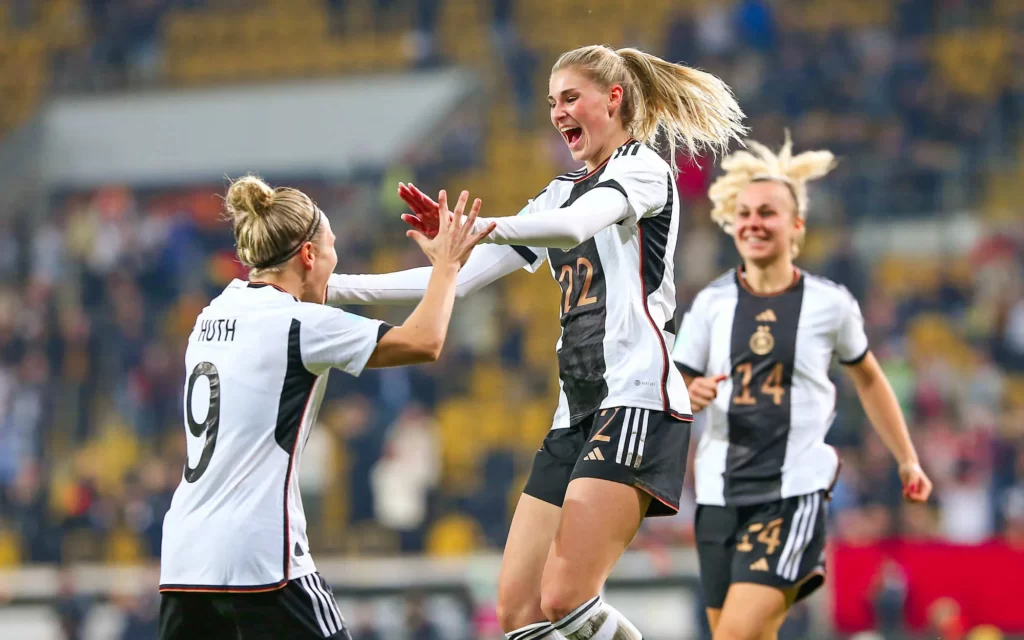
The fight for equality in sport remains an important issue. One of the most debated issues is that of salaries. The gender pay gap in the industry reached a tipping point in 2019, when it was revealed that many female professional footballers, including players at international level, earn dozens of times more than their male counterparts.
This situation is starting to change. In 202, the US national team reached a landmark agreement with the US Football Association on equal pay for male and female players. The case was a shining example of how equality in sport can be achieved through perseverance and public support. Clubs fight not only for salaries, but also for equal training conditions, media coverage and recognition. The comparison between women’s and men’s football shows that although the road to equality is still long, the progress is clear and irreversible.
The popularity of women’s football in Russia and worldwide
Women’s football leagues in Russia: development and challenges
Local communities in Russia face a number of challenges, but they are gradually finding their place in the country’s sports culture. In recent years, the number of teams has increased dramatically and support from football associations has grown. In 2021, for example, Zenit Saint Petersburg created its first women’s team and quickly became one of the leading teams in Russia. However, funding problems and a lack of infrastructure remain major obstacles to development.
The most popular women’s football leagues in the world are the English Premier League (WSL) and the English Premier League (WSL).
are the English Premier League (WSL), the National Women’s Soccer League (NWSL) in the United States and the French Women’s Soccer League (Ligue 1) in France. These leagues not only attract the best players from around the world, but also have a huge media impact. The Women’s World League, for example, which is followed by millions of viewers, has become one of the most dynamic leagues, with matches at the highest level and a platform for true heroines of the sport.
The change
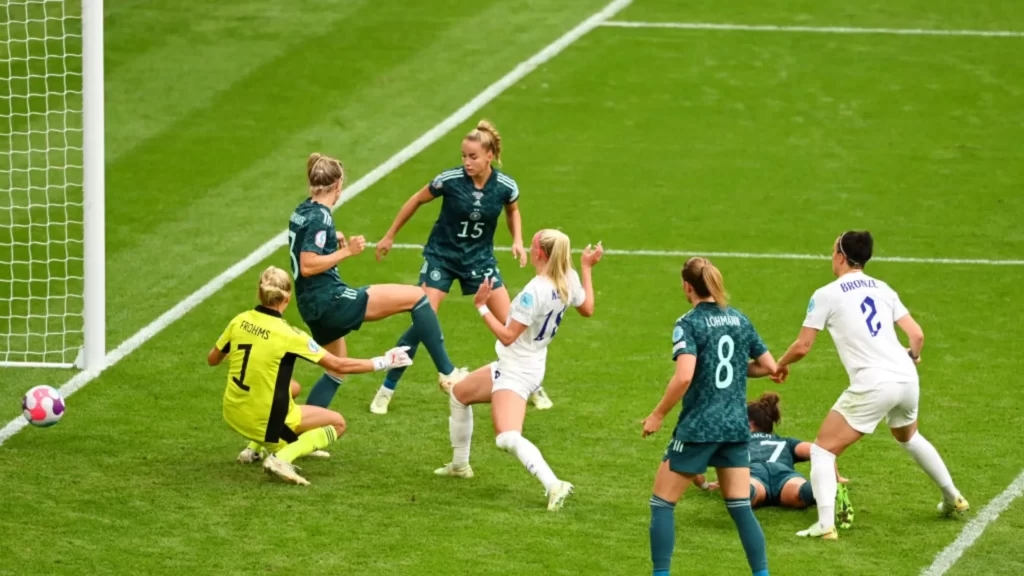 Women’s football leagues are not only changing the sports landscape, but also the perception of women’s opportunities and rights around the world. They inspire, motivate and break stereotypes. Supporting and respecting this discipline is a step towards a fairer and more equal society. Watch the games, support the teams, be inspired by the stories of real heroines and be part of this change.
Women’s football leagues are not only changing the sports landscape, but also the perception of women’s opportunities and rights around the world. They inspire, motivate and break stereotypes. Supporting and respecting this discipline is a step towards a fairer and more equal society. Watch the games, support the teams, be inspired by the stories of real heroines and be part of this change.








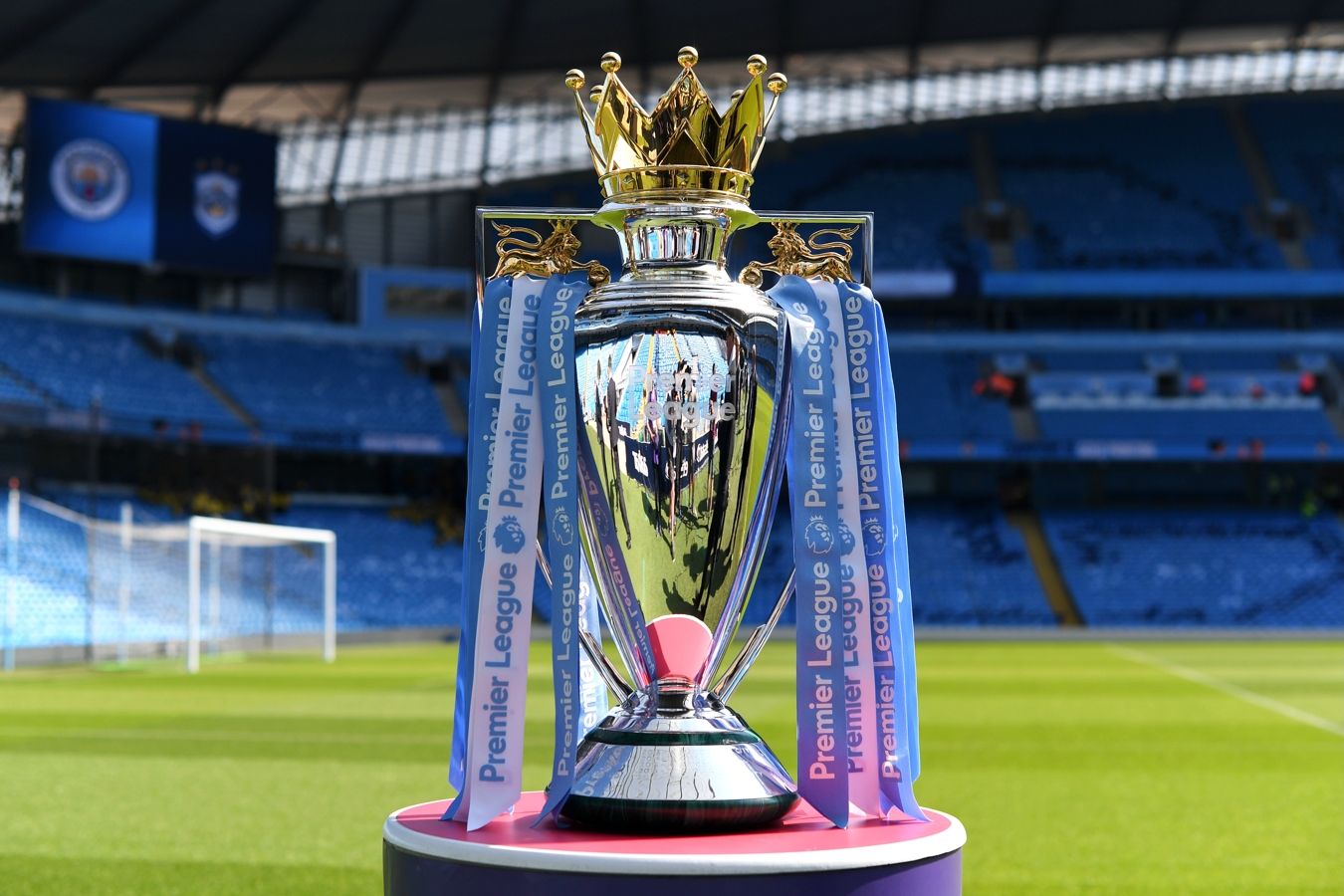
 Brighton deserves special attention. Thanks to new APL 2024/2025 acquisitions and young talents, the team managed to break through to the top of the league table. Roberto De Dzerby emphasised attacking play, allowing the club to score at least two goals in every game.
Brighton deserves special attention. Thanks to new APL 2024/2025 acquisitions and young talents, the team managed to break through to the top of the league table. Roberto De Dzerby emphasised attacking play, allowing the club to score at least two goals in every game. The 2024/2025 APL season is already one of the most interesting and unpredictable in recent years. The battle for the championship is heating up and every point is worth its weight in gold. The teams are playing very well but face many challenges, making the season even more exciting.
The 2024/2025 APL season is already one of the most interesting and unpredictable in recent years. The battle for the championship is heating up and every point is worth its weight in gold. The teams are playing very well but face many challenges, making the season even more exciting.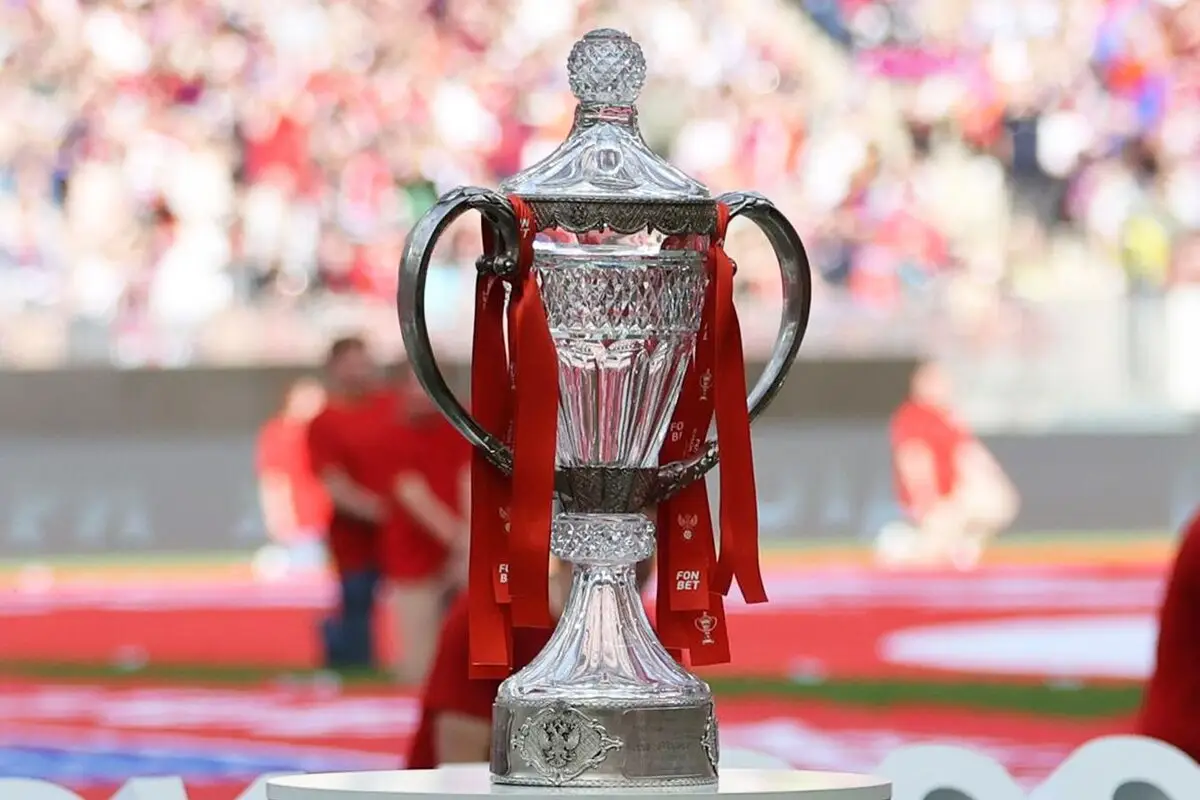
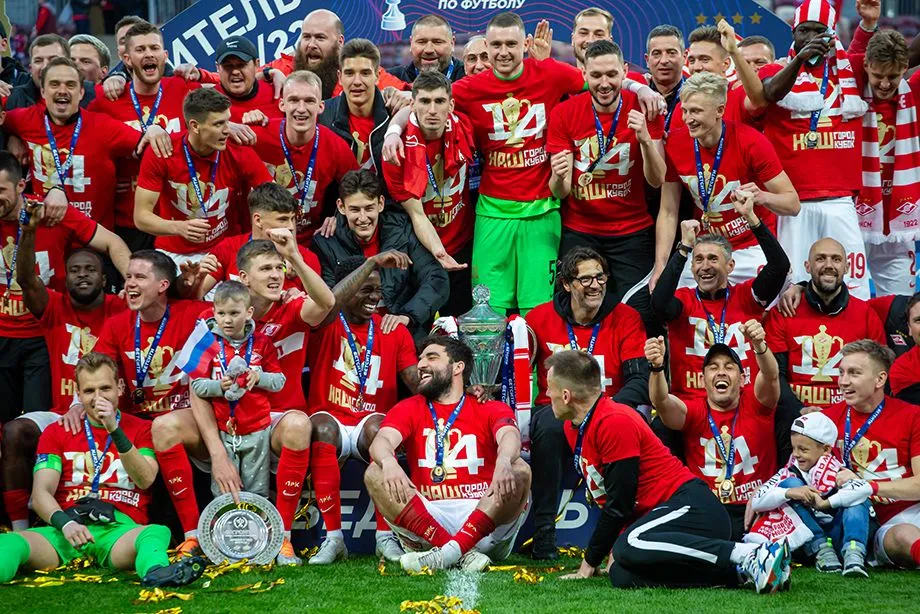 Funding comes from several sources. First of all, it is the Russian Football Union, which organizes and supervises the tournament. The main sponsors are large companies, such as Gazprom and Lukoil, which regularly invest in the development of Russian sports. They not only support the prize fund, but also finance infrastructure projects for the reconstruction of stadiums.
Funding comes from several sources. First of all, it is the Russian Football Union, which organizes and supervises the tournament. The main sponsors are large companies, such as Gazprom and Lukoil, which regularly invest in the development of Russian sports. They not only support the prize fund, but also finance infrastructure projects for the reconstruction of stadiums. The Russian Football Cup gives hope and shows that the road to success begins with the first kick at the ball, the first training session and the first victory. The tournament unites all of us, reminding us that nothing is impossible in football if you fight to the end and believe in yourself.
The Russian Football Cup gives hope and shows that the road to success begins with the first kick at the ball, the first training session and the first victory. The tournament unites all of us, reminding us that nothing is impossible in football if you fight to the end and believe in yourself.